WARNING!! – The following post contains images that might disturb some readers
We need your help!
One of our twitter followers (Jodie @alpineblossom) sent us a message this week after sadly losing a number of her flock to an unidentified predator.
So we decided to see if we could crowd source the investigation into identifying the most likely culprit.
This is where you come in. We need your help to try and unravel this mystery and identify the most likely predator responsible for killing these chickens.
The Facts of the Case
This is what we know about the incident and the unsub – UNknown SUBject (yes I watch too much criminal minds!) so far:
- The location of the crime is British Columbia, Canada.
- The unsub squeezed in through a gap in the barn door and dug a 7 inch wide hole in the dirt floor.
- The birds had no obvious wounds.
- They all had ruffled feathers with signs of a struggle.
- They all appear to have died from a broken neck.
- The unsub killed 10 birds and pulled/dragged all of them out of the coop. (note the birds were found more spread out than shown in the forensic photos below).
- Only one bird was partially eaten as shown in the photo below and the others were untouched.
- Some scat (animal droppings) was found near the scene of the crime as shown below.
The Forensic Evidence
The following photos have been provided by Jodie @alpineblossom to help you identify the predator.
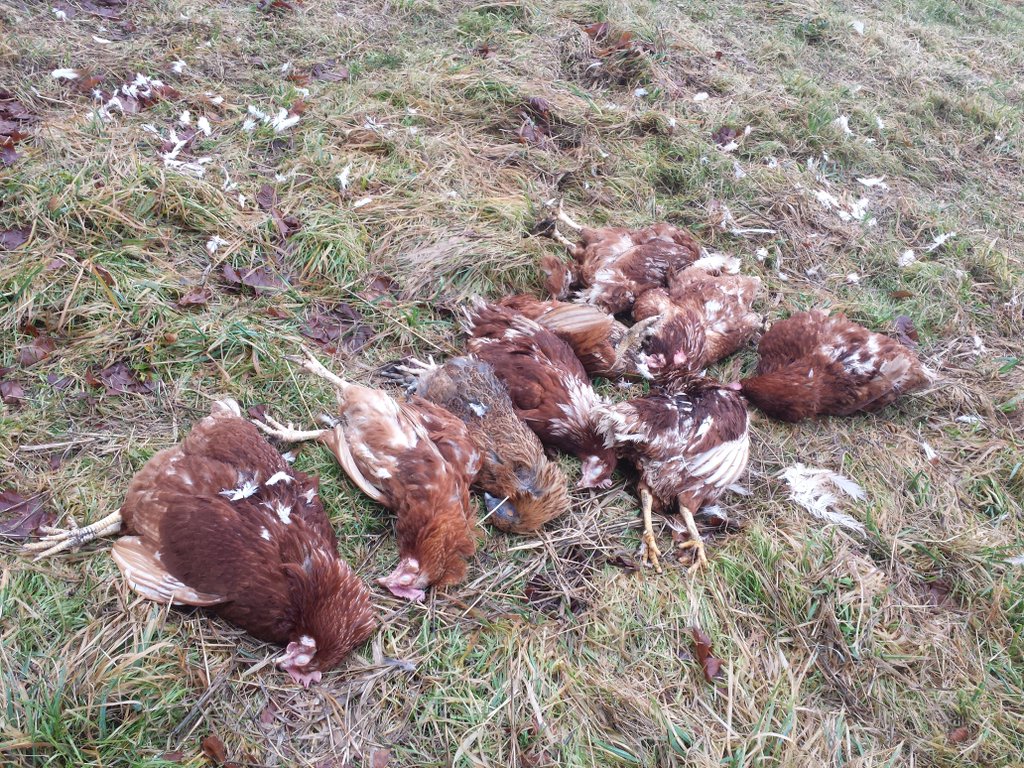
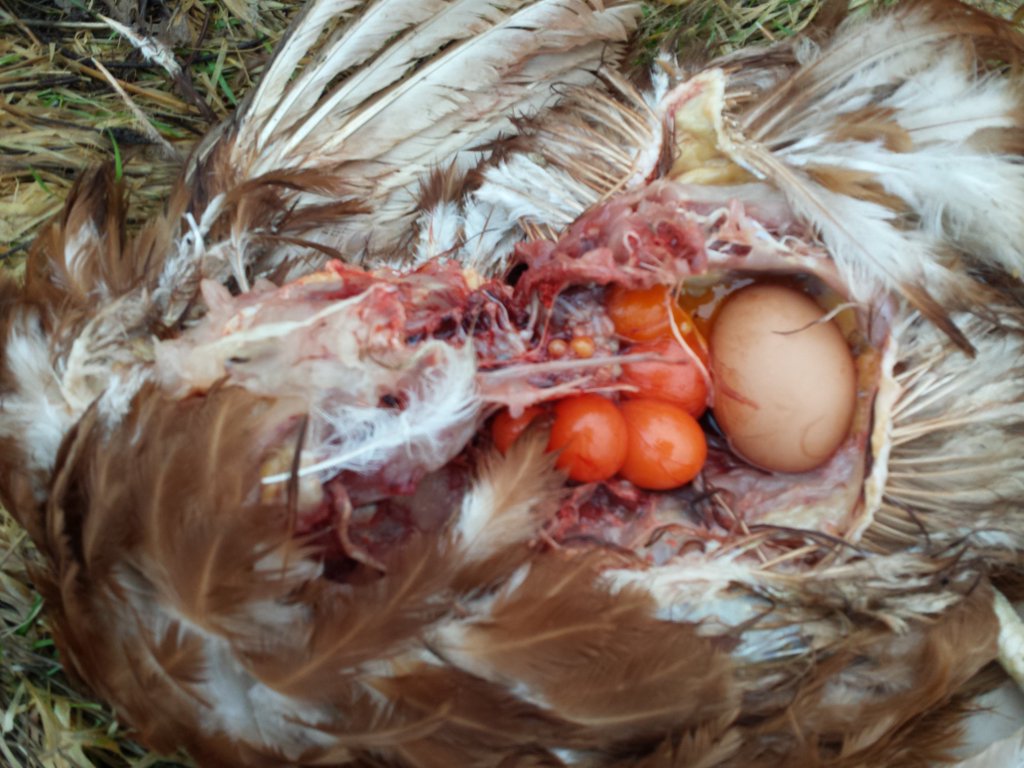
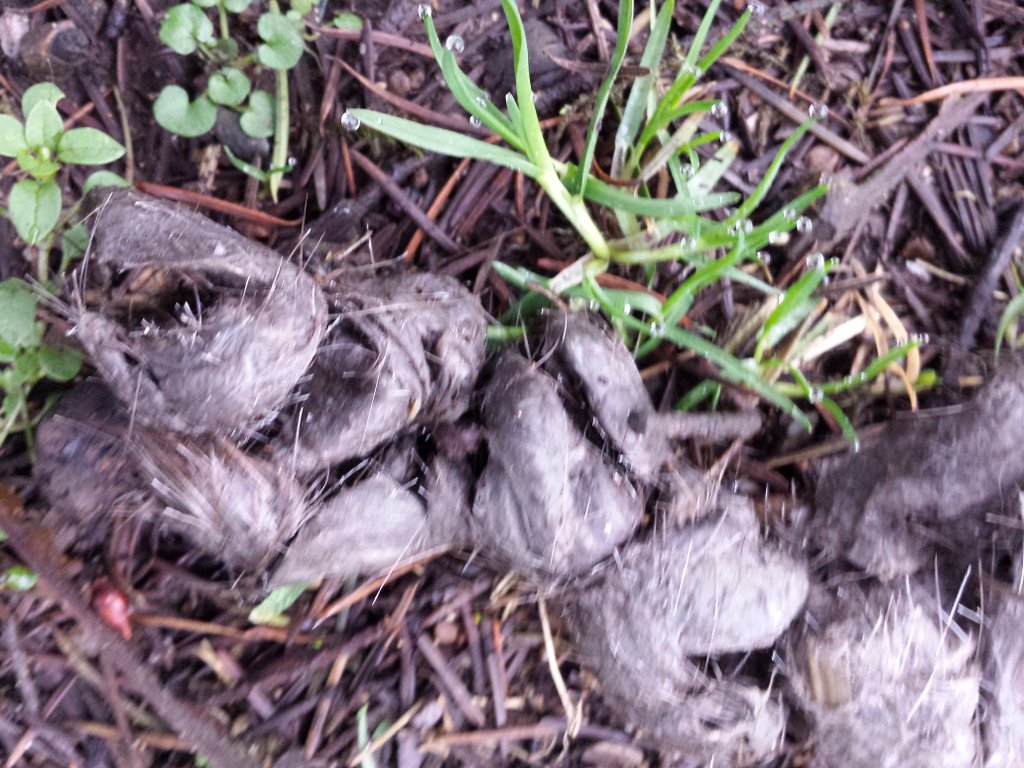
Some Information to Help
Common Chicken Predators found in British Columbia
The following is a list common predators found in the British Columbia area:
- Bald Eagle
- Canada Lynx
- Cougar
- Grizzly Bear
- Peregrine Falcon
- Raccoon
- Red Fox
- Spotted Owl
- Wolf
- Wolverine
Common Chicken Predators
The following info-graphic provides an overview of common chicken predators, their attack methods, and potential coop design solutions to protect your flock against these predators.
Over to you. If you have some experience with this type of attack please leave a comment or share this post with your friends to see if we can find a possible solution for Jodie.
Also if you don’t follow us on Twitter already you can find us at @myurbanchicken.
Since writing this post we received lots of feedback from the Backyard Chicken Zone community and we have since written a post summarizing the findings of which chicken predator was responsible for killing these chickens in “CSI (Chicken Scene Investigation) – Who did it?“.


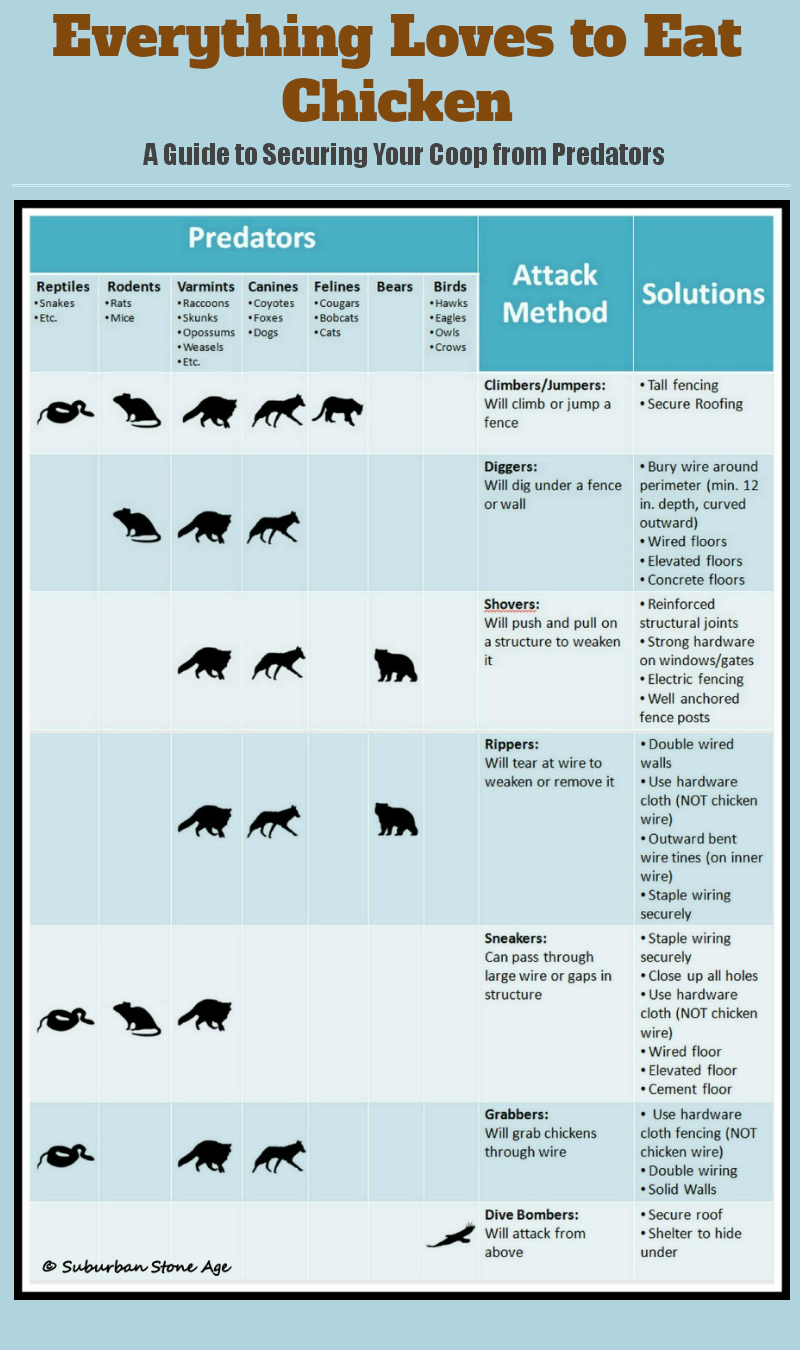


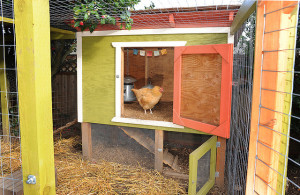 fection were traced to an unidentified mail-order hatchery.
fection were traced to an unidentified mail-order hatchery.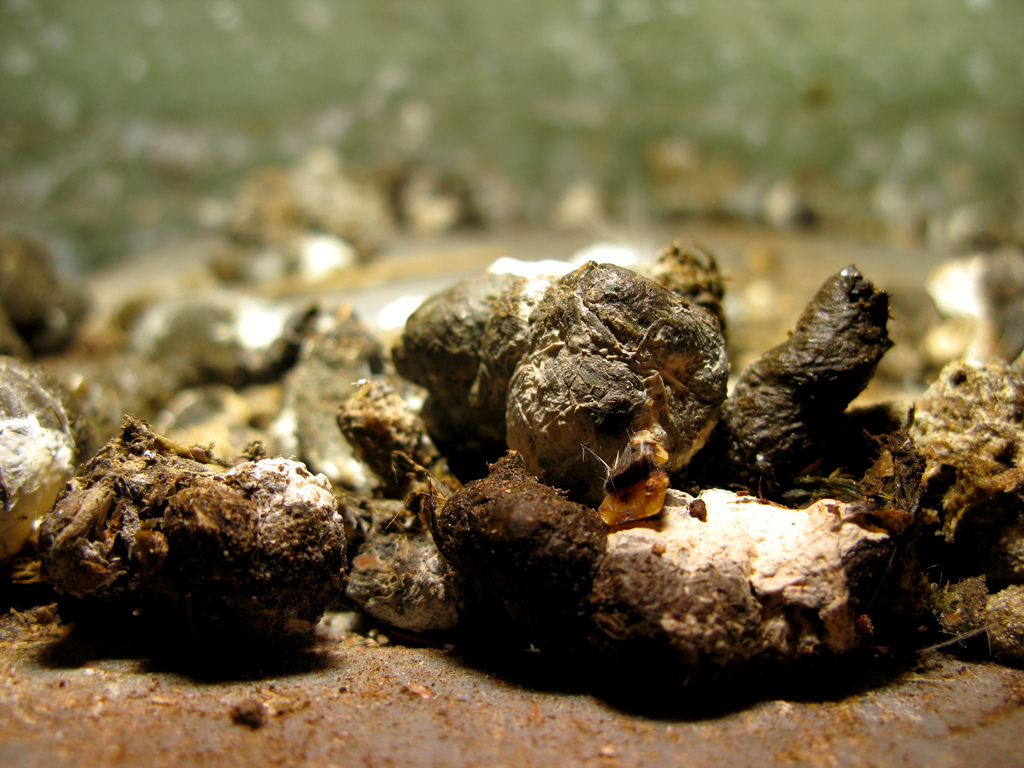
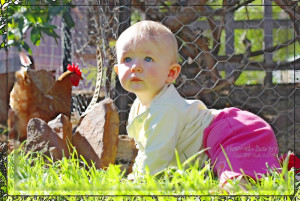 ently published (6 November 2015) in
ently published (6 November 2015) in 




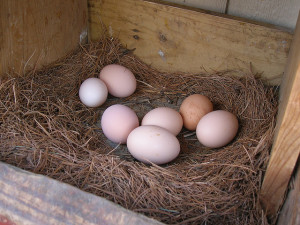 Not surprisingly the number one reason for keeping backyard chickens was food for home use including eggs and meat. 95.2 percent of respondents in the study indicated that they raised backyard chickens to produce their own food with only 3 percent in urban areas using the chicken products for income. Although I expect there are lots if eggs going to the neighbours of backyard chicken owners.
Not surprisingly the number one reason for keeping backyard chickens was food for home use including eggs and meat. 95.2 percent of respondents in the study indicated that they raised backyard chickens to produce their own food with only 3 percent in urban areas using the chicken products for income. Although I expect there are lots if eggs going to the neighbours of backyard chicken owners.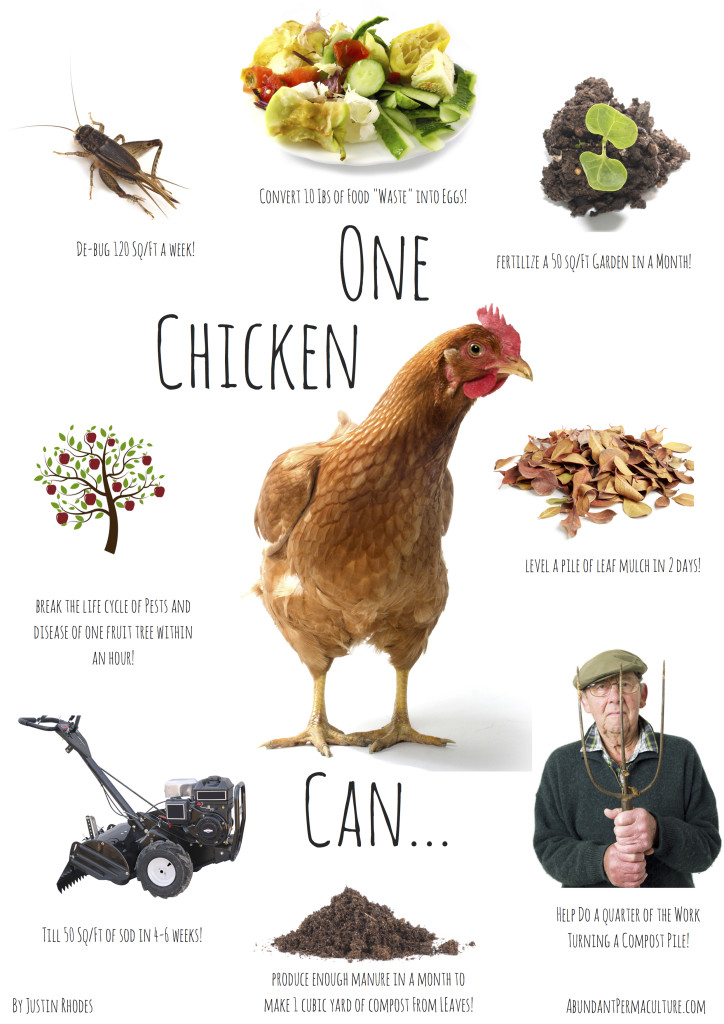
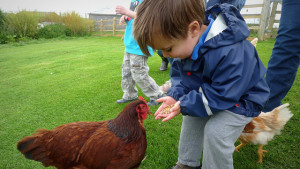 Coming in a close third with 57.4 percent of participants in the study indicating that they kept chickens as pets. Anyone who has ever owned chickens know that they can be great pets with loads of personality.
Coming in a close third with 57.4 percent of participants in the study indicating that they kept chickens as pets. Anyone who has ever owned chickens know that they can be great pets with loads of personality.